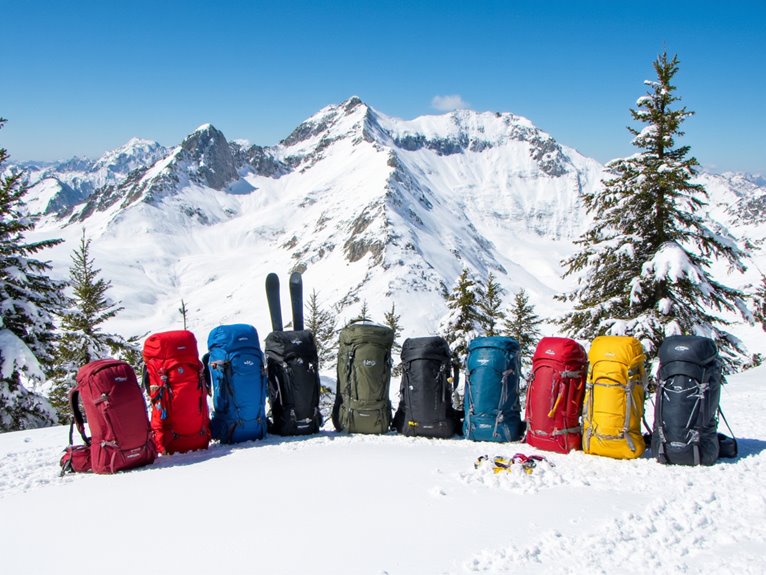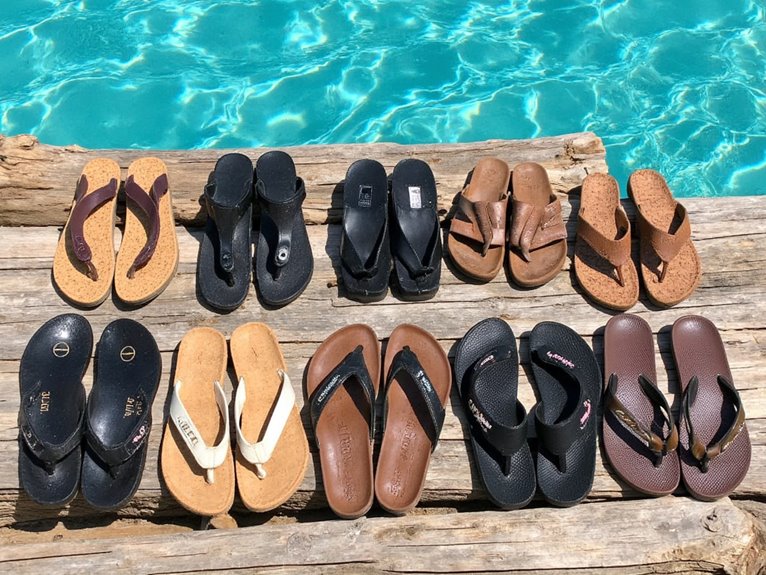Are Leggings Ok to Hike In?
Leggings can be a comfortable and viable alternative to traditional hiking pants, offering a range of benefits. They provide a full range of motion, are breathable and lightweight, and can offer valuable support and compression benefits. While they may not provide sufficient protection against extreme weather conditions, choosing the right pair with additional features can help minimize exposure. With the right selection, leggings can enhance your hiking experience. To make the most of leggings for hiking, it's essential to consider the fabric, features, and activities they're suited for – and there's more to explore on how to do just that.
We are supported by our audience. When you purchase through links on our site, we may earn an affiliate commission, at no extra cost for you. Learn more. Last update on 23rd December 2025 / Images from Amazon Product Advertising API.
Leggings Vs Traditional Hiking Pants
While traditional hiking pants have long been the go-to choice for outdoor enthusiasts, leggings have emerged as a viable alternative, offering a unique set of benefits that are worth considering.
Leggings provide a full range of motion, allowing for unencumbered movement and flexibility.
They are also often more comfortable and breathable than traditional hiking pants, making them ideal for warm weather hikes.
Additionally, leggings are typically lighter and more packable, making them a great option for backpackers and long-distance hikers.
In addition, leggings often feature four-way stretch, which provides a snug fit without restricting movement.
Protection From the Elements
One of the primary concerns for hikers is protecting themselves from the elements, including harsh weather conditions, biting insects, and abrasive vegetation.
Leggings can provide some protection, but their thin fabric may not be sufficient against extreme weather conditions.
Look for leggings with water-repellent and wind-resistant treatments, such as Gore-Tex or similar technology, to help shield you from the elements.
Additionally, consider leggings with built-in insect repellent, such as those treated with Permethrin, to prevent bites and stings.
While leggings may not offer the same level of protection as traditional hiking pants, choosing the right pair can help minimize exposure to the elements.
Support and Compression Benefits
Leggings designed for hiking can also provide valuable support and compression benefits, which can improve circulation, reduce muscle fatigue, and boost overall performance on the trail.
By applying graduated compression, hiking leggings can help reduce swelling in the legs and feet, a common issue after long hikes.
Additionally, the compression can aid in pushing lactic acid out of the muscles, reducing muscle soreness and fatigue.
This means hikers can hike for longer periods without feeling exhausted, and recover faster after their hike.
In addition, the support provided by hiking leggings can also help alleviate shin splints and other lower-leg injuries, making them a valuable asset for hikers of all levels.
Activities Suitable for Leggings
Hiking leggings are not limited to traditional hiking trails, as they can also be worn for a variety of outdoor activities that require comfort, flexibility, and support.
They are an excellent choice for outdoor enthusiasts who engage in activities such as trail running, mountain biking, or horseback riding.
Leggings provide the necessary compression and support for these high-intensity activities, allowing for improved performance and reduced muscle fatigue.
Additionally, they can be worn for yoga, Pilates, or other low-impact exercises that require flexibility and comfort.
Making Leggings Work for Hiking
Selecting the right pair of leggings for hiking is essential, as it can profoundly impact the overall hiking experience.
Look for leggings made from moisture-wicking, breathable, and quick-drying materials that will keep you cool and dry.
A four-way stretch fabric will provide comfort and flexibility during your hike.
Consider leggings with built-in UPF protection to shield your skin from the sun.
Additionally, opt for leggings with a wide waistband for added comfort and support.
Finally, choose a pair with articulated knees to allow for a full range of motion.



